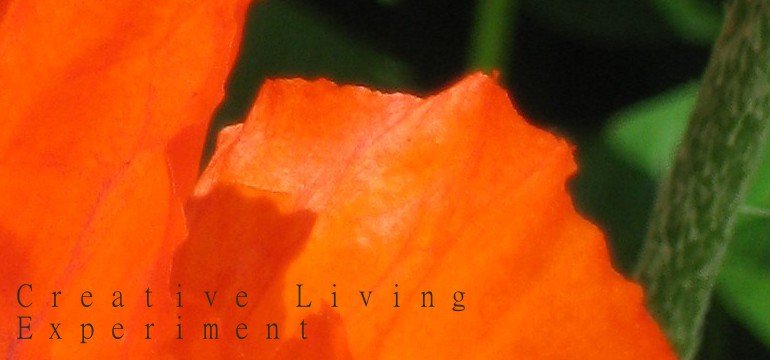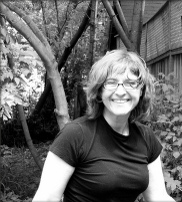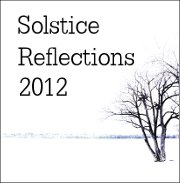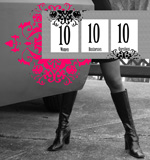Matisse Monday: Miscellany
 Monday, April 18, 2011 at 07:35PM
Monday, April 18, 2011 at 07:35PM {This is the third in a series of Monday posts dedicated to Henri Matisse, part of a self-learning experiment dedicating the month of April to his study. As always, I invite you to take what you like and leave the rest. For the rest of the posts click here.}
I'm taking in so much information during this self-learning experiment that it's hard to choose what to share here and even harder to put it all together into a cohesive post. Hence today's Matisse miscellany, a mish-mash of interesting-to-me morsels gleaned from the mish-mash of books and Websites I've been reading.
The Dancer, from my 2005 Mandala line art series
Matisse-inspired art without even knowing it!
Et voici, the promised morsels...
Initial attempts at art training foiled. Matisse's initial attempts at art school didn't turn out so well. One of his first teachers at the Académie Julien said he couldn't draw and soon after, Matisse failed an entry exam to the École des Beaux-Arts in Paris. Finally he was noticed by a less stodgy Symbolist painter, Gustave Moreau, who knew a good thing when he saw it and brought him into his studio. The rest is history. The moral of this story? Persist and the right person will come along!
The Cone Collection. Many of Matisse's works were donated to the Baltimore Museum of Art by the Cone sisters, Claribel and Etta. Friends with Gertrude Stein, they met Matisse on a visit to Paris and became fans of his work; throughout his career they collected "42 oil paintings, 18 sculptures, 36 drawings, 155 prints, and seven illustrated books, as well as 250 drawings, prints, and copper plates from the artist’s first illustrated book, Poésies de Stéphane Mallarmé." The Cone collection also includes pieces from other artists like Picasso, Cézanne and Gauguin. For more information check out the Museum's Website.

Blue Nude (Souvenir de Biskra), Matisse, 1907
Albert Barnes and the Barnes Foundation. Again, another important collection of Matisse works and hundreds of other Impressionist, Post-Impressionist and early Modern paintings by folks like Picasso, Cézanne, Degas and Monet - all housed in the US. Located in the Philadelphia area (Merion, PA), the Barnes Foundation hosts a series of galleries and an arboretum; read more about it here. Definitely a must-see if you're in the Philly area!
Multi-Creative. Matisse was a man of many talents: painter, sculptor, illustrator, printmaker, writer... When he got tired of painting he switched to something else. Often his sculptures would become fodder for paintings later on. Evidently creativity builds on creativity.

La Serpentine, Matisse, 1909
Big drawings, big pencil. Finally, I love how Matisse improvised to meet the task at hand. When drawing big images on the studio wall, he created a big pencil by attaching a piece of charcoal to the end of a long stick!

Matisse drawing big, 1950
That's it for today's meli-melo. Stay tuned for another Matisse-related post or two before the month end...
 Steph |
Steph |  Post a Comment |
Post a Comment |  Experiments,
Experiments,  Matisse,
Matisse,  Self-learning
Self-learning Follow me on Twitter and Facebook. Join the mailing list.









